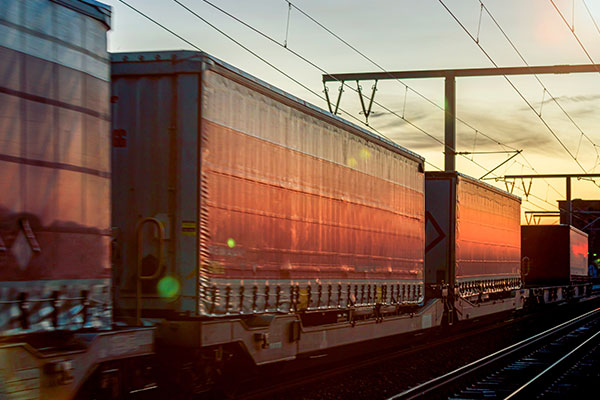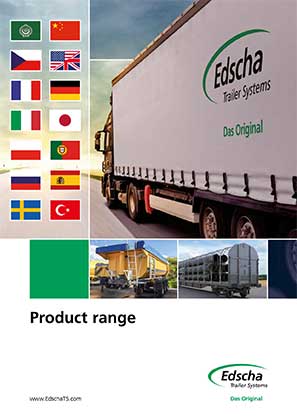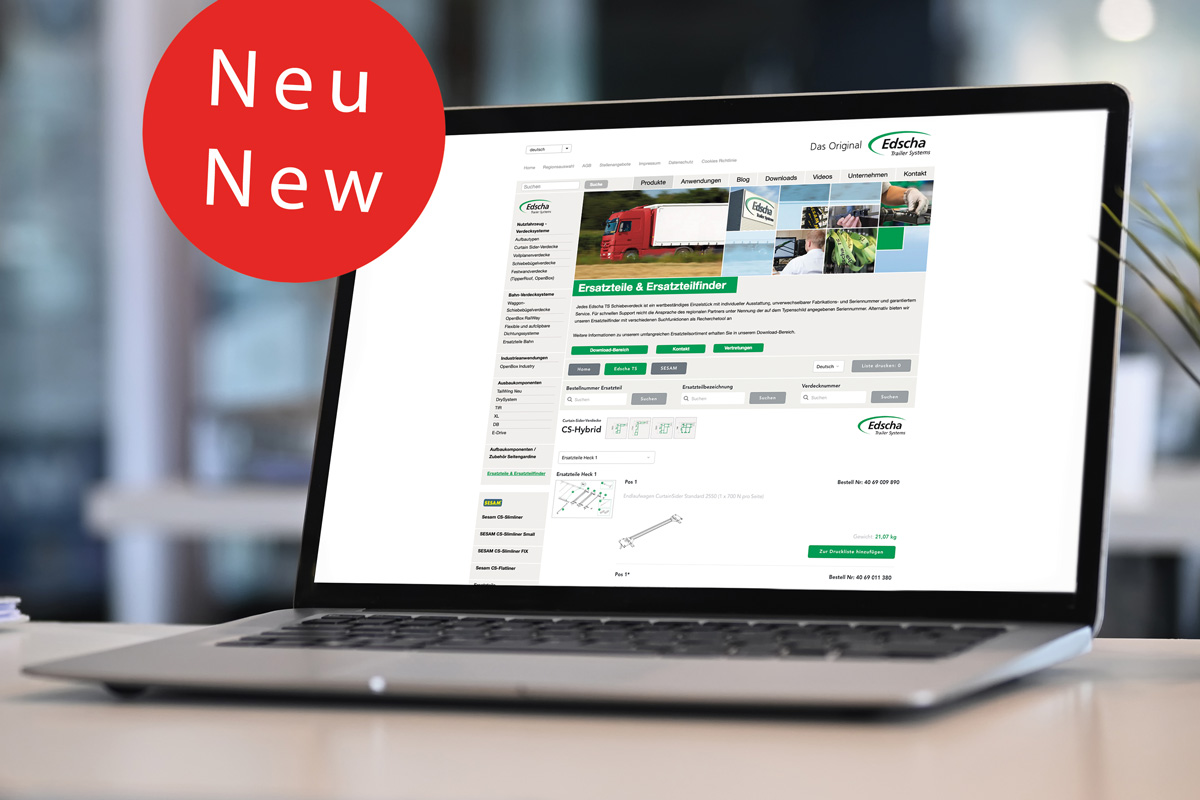Simple and safe transportation
In combined transport, it is crucial that the goods remain in one and the same loading unit (e.g. containers or swap bodies) within the transport chain. When changing the mode of transport, no goods are removed to be transported separately, but the load carriers are simply loaded onto the train, with or without a tractor unit. The combi concept allows the design of diverse supply chains that merge seamlessly into one another.

Using and combining strengths
Looking at the individual modes of transport in terms of their particular strengths for combined transport, the combination of truck and rail is certainly ideal. On the one hand, there is the flexibility of truck transport on the road. And on the other hand, the safe journey by rail. In combined “truck/rail” transport, the entire load unit is also transshipped. This is another advantage when it comes to mandatory or voluntary truck equipment.
Close cooperation pays off
For safety reasons alone, the railroads place high demands on the equipment of the trucks transported. All tarpaulin cover systems used must have special railroad approval. The systems used, such as those from market leader Edscha TS, must be able to withstand the special forces that occur during rail transportation. For example, wind load and other weather influences. The use of tarpaulin cover systems for containers, OpenBox, can also be used in combined transport without any problems. The very close cooperation between Edscha TS and the railroads pays off for the tarpaulin cover manufacturer's customers.
Cost-effective and safe
Combined transport offers various constellations for the transportation of goods in order to make optimum use of the advantages of different modes of transport. One option is to transport the complete vehicle, consisting of tractor unit and load carrier. Another option is to transport the load carrier alone, such as a semi-trailer. There is also the option of transferring the load directly from the vehicle to the train. At the destination, the load is then reloaded onto a truck to be transported to the final unloading point. This flexibility in transport modes makes it possible to choose the most efficient and practical transport method depending on requirements.
Funded by the federal government
Combined transport is supported by transport policy and also promoted by the federal government. While rail transport greatly relieves the burden on the roads, trucks are highly flexible where other modes of transport cannot be used. Trucks used for pre-carriage and onward carriage are exempt from vehicle tax and do not have to comply with driving bans on Sundays and public vacations or during vacation periods, provided the distance covered does not exceed 200 kilometers. The aim is clear: to reduce road transport and to make use of the safety and predictability of rail transport.
The 44 t advantage
Combined transport is regulated by law in the 53rd Ordinance on Exemptions from the Road Traffic Licensing Regulations (StVZOAusnV 53), among other things. This is associated with a whole range of other advantages. However, you need to know the exact definition of some terms. Example: Combined transport chains usually consist of a preliminary, main and final leg. The main leg, which is covered by rail or ship, is the longest section. Trucks used on the initial and final leg may have a permissible total weight of up to 44 tons (a limit of 40 tons applies to other vehicles). This means that a larger volume of goods can be transported. Last but not least: The toll is only charged on the pre- and onward carriage, which also brings considerable cost savings.
Accompanied or unaccompanied
With accompanied combined transport, drivers can comply with the statutory rest periods without having to interrupt their transportation. This offers a clear advantage over long-distance transportation by truck, where working hours can extend over several days. In accompanied combined transport, drivers transporting trucks and articulated lorries by rail or ship travel in a couchette wagon or on board. After transhipment, the driver can get into his truck rested and continue the journey on the road.
Unaccompanied combined transport, on the other hand, only transports load units such as containers and swap bodies, without a truck or another driver traveling with them. The higher average speed of 120 km/h for rail freight compared to 85 km/h on rolling roads favors accompanied loading over long distances. In distribution transport, where working hours are usually limited to 8 hours a day, drivers have the advantage of being able to spend their evening at home with their family and have more free time, which is particularly attractive.
Future
What is the future of intermodal transport from today's perspective? This is likely to depend to some extent on the further development of digitalization in the logistics sector and new technologies, such as drives or transport routes. This also includes further expanding the proportion of environmentally friendly modes of transport. Ultimately, however, it is important to design intermodal transport in such a way that the strengths of the concept can be further developed and used efficiently.






